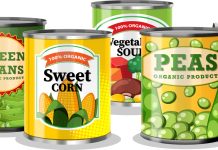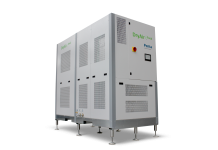The consumption of food deriving from animals that have been eating contaminated feed is usually safe, with the only important exception of milk and dairy products: aflatoxins M1 and M2 are metabolites potentially present in milk from cows that consumed aflatoxin B1 and B2 contaminated feeds. In the following table, some of the most important mycotoxins are presented, alongside their origin, produce prevalence, and toxicological effects.
Regarding cereals used for flour production for pasta and bakery products, it is very important to try to prevent the contamination of ears on the fields, and of the grains once stocked in stock houses or silos, since once formed it is nearly impossible to remove or destroy the mycotoxins. In fact, these substances are very stable and resilient, almost not damaged by heat or chemical agents. In a study (1) that considered mycotoxin contamination during the pasta production chain, the starting point was the durum wheat in the field, with a contamination of 0.744 mg/kg of deoxynivalenol. After harvesting, the external parts of the wheat ears (the most contaminated) were eliminated and it was found that the grains alone kept a remarkable contamination of 0.577 mg/kg. After milling, the contamination was distributed as follow: 0.568 mg/kg in the wheat bran, and 0.354 in the wheat semolina. This is well predictable, due to the mould growth from the outside layers of the grains towards the inside. This makes the wholegrain bakery products typically more contaminated compared to the “white” ones; however, wholegrain products present healthier characteristics (e.g. high fibre content) under other points of view. With flour transformations such as mixing to form a dough, kneading and cooking of pasta or bakery products, unfortunately the effect on mycotoxins reduction is very limited. E.g. in the case of deoxynivalenol, only an 11% decrease was noticed going from durum wheat flour to spaghetti pasta, and another 35% was lost during pasta cooking. This proofs not only that this mycotoxin is not very sensitive to heat, but also that is not very easily extracted from pasta by boiling water. Similar results were found, form the same authors, also in the case of soft wheat flour: a slight decrease in contamination going from grains to flour (milling), and an higher amount of contamination found in bran compared to white flour.
Literature
(1) Pancaldi D. et al. Control of Fusarium head blight and accumulation of deoxynivalenol in durum wheat grain, semolina and bran. Phytopathologia Mediterranea, 2004, 43:351-359.
by Rita Lorenzini




